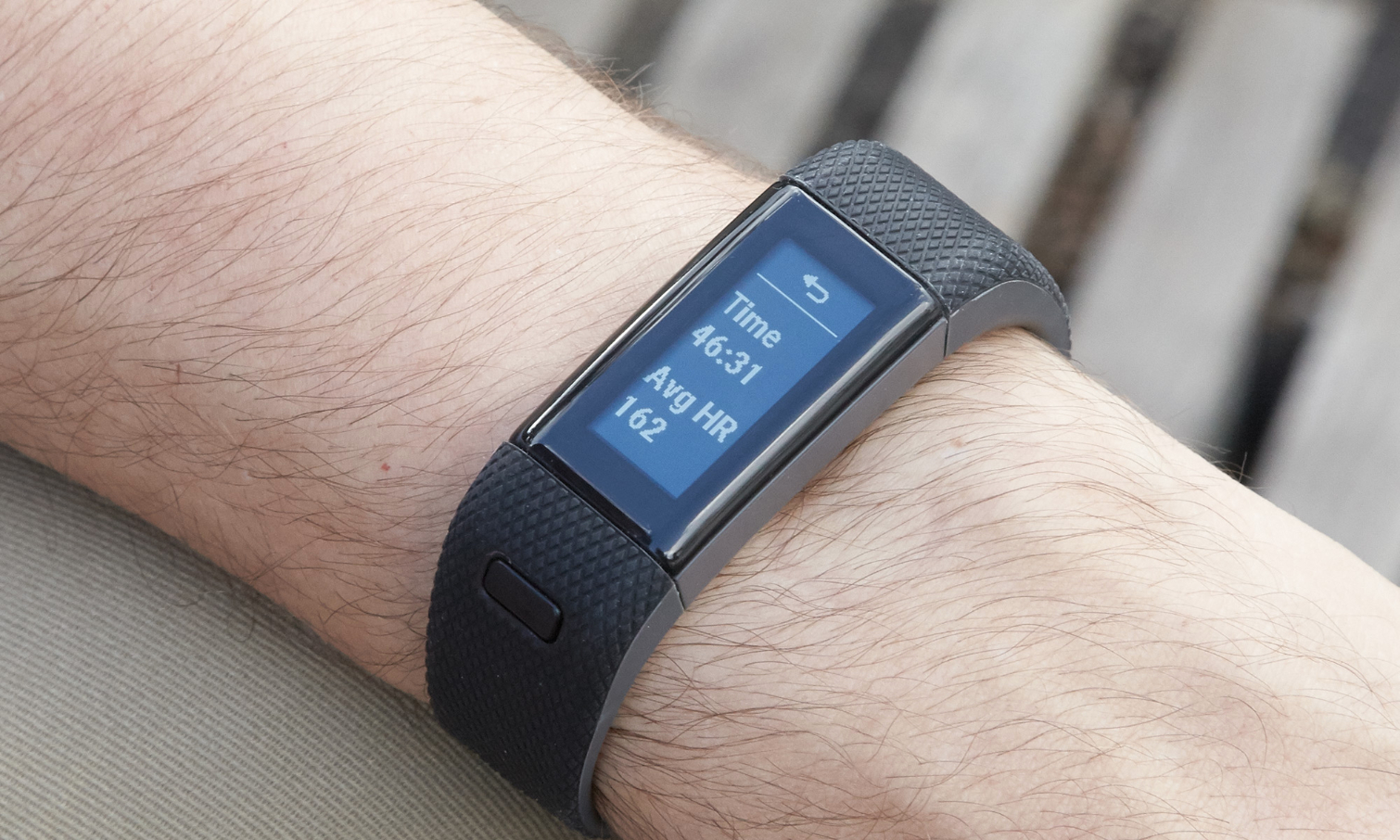Tom's Guide Verdict
It tracks your heart rate, has built-in GPS and delivers smartphone notifications, but the Garmin vivosmart HR+ doesn’t meet the needs of any group very well.
Pros
- +
Accurate GPS, Heart Rate Monitor
- +
Traditional watch clasp
- +
Outdoor-readable display
Cons
- -
Bulky
- -
Expensive
Why you can trust Tom's Guide
On paper, the Garmin vivosmart HR+ ($199) seems like a great idea: It has all of the stuff we liked about the vivosmart HR — activity tracking, smartphone notifications, a heart rate monitor — but now it comes with GPS. However, the $50 premium for this extra feature, plus a design that's bulkier than its competition, makes the vivosmart HR+ a rare miss by Garmin.
Design and Display
While the vivosmart HR+ is about the same width as the vivosmart HR, it's much thicker, at 0.58 inches, compared to 0.48 inches for the vivosmart HR. Similarly, the Samsung Gear Fit2 is only 0.47 inches thick. It may not seem like a lot, but it's definitely noticeable. Although it's available in several colors, you can't switch its bands, as you can with the Fitbit Charge 2. At 1.1 ounces, the vivosmart HR+ weighs about the same as the Gear Fit2 (1.06 ounces).
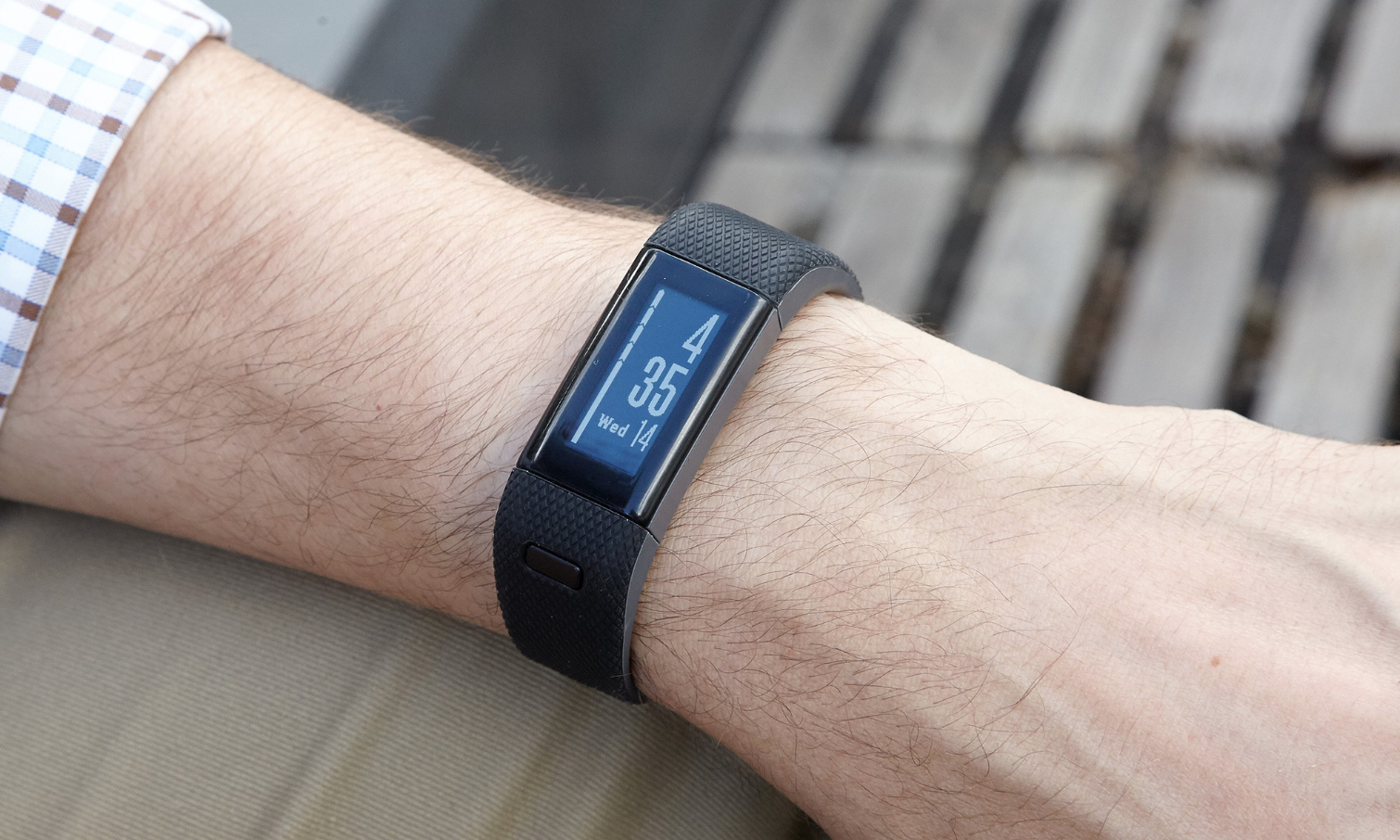
At least the vivosmart HR+ has a traditional watch strap, which was much easier to cinch than the Gear Fit2's tab-and-hole setup.
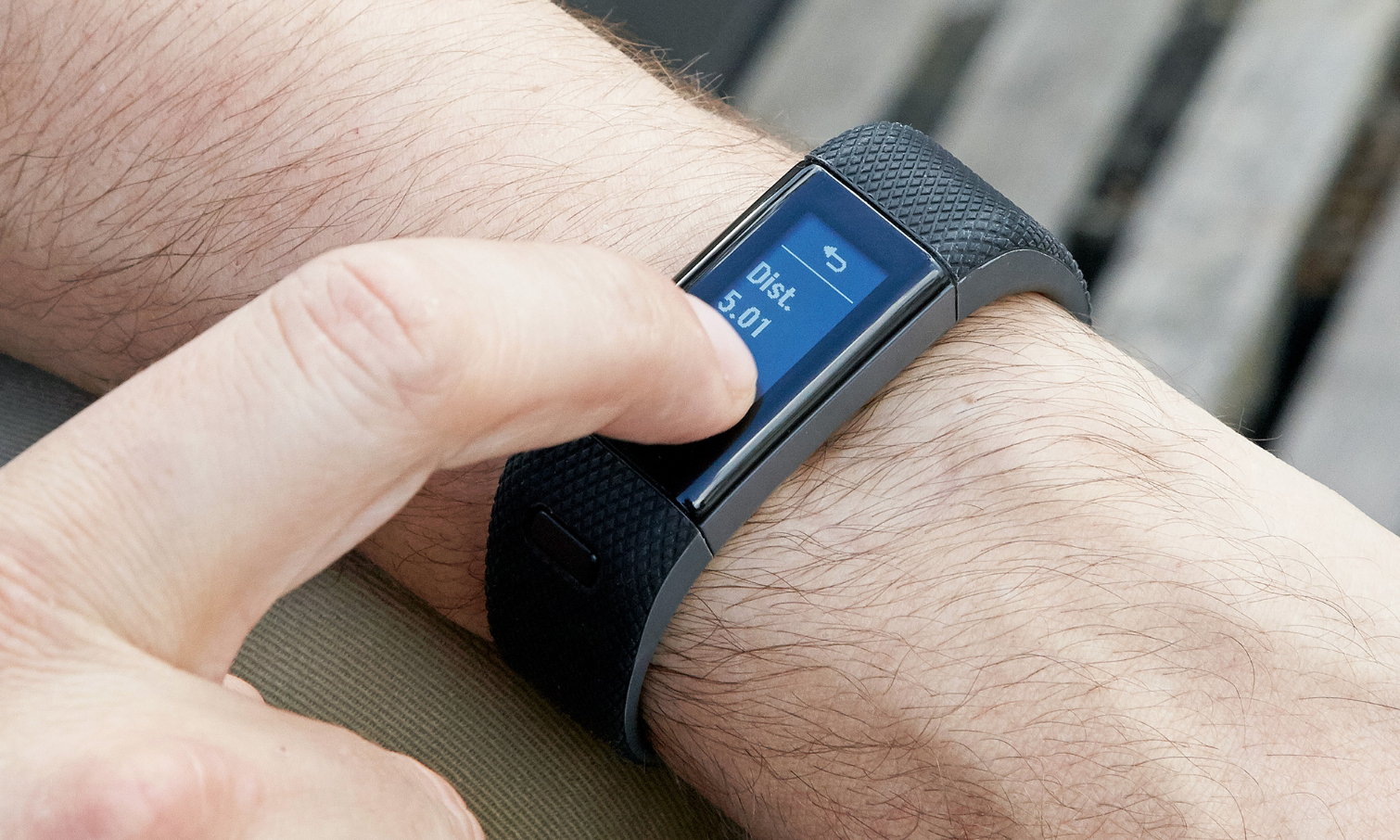
When it comes to outdoor-readable displays, fitness watchmakers are stuck between choosing something flashy and something functional. The vivosmart HR+'s monochrome display is boring compared to the Gear Fit2's larger, colorful screen, but Garmin's stays on all the time, and is much easier to read in direct sunlight. There is nothing more frustrating than having to flick your wrist or tap a screen in midrun, just to see your pace.

For all its readability, the vivosmart HR+ felt small for a GPS running watch. It does an admirable job of displaying stats on its 160 x 68-pixel screen, but even the budget Garmin Forerunner 25 ($139) has a larger 128 x 128-pixel display.
MORE: Best Fitness Trackers for Running, Swimming and Training
Interface
Like the vivosmart HR, the HR+ has all the same screens, which you can swipe between easily, to display calories burned, steps climbed, date/time, heart rate, etc. I also like that Garmin lets you orient the display in either a landscape or portrait orientation.
The monochrome display is boring compared to the Gear Fit2's larger, colorful screen, but Garmin's stays on all the time.
There's also a physical button below the screen, which is used to start and stop exercise sessions. I really appreciated this feature, as touch screens don’t always work when you have sweaty hands.
Features
Like the vivosmart HR, the HR+ delivers smartphone notifications (from Android and iOS), sends you weather updates and lets you control the music playing from your phone. However, it's upstaged in this department by the Gear Fit2, which does all that — albeit only with Android devices — and lets you store music on the band itself.
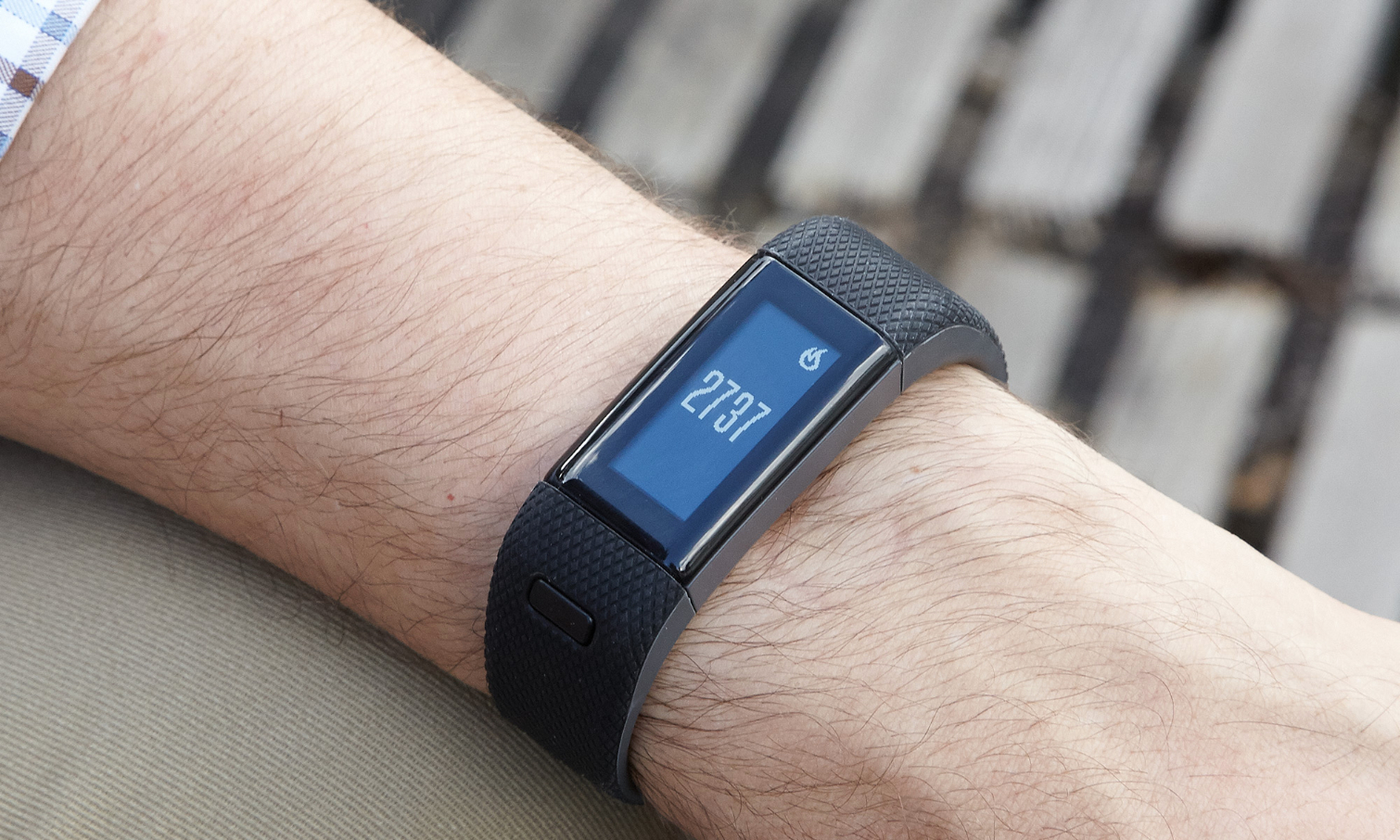
Performance
While it wasn't as fast in acquiring a GPS signal as dedicated running watches, the vivosmart HR+ still picked up a signal in less than a minute. I also liked that I could wait to start my run until after the wearable locked on to the satellites; the Gear Fit2 doesn't give you that option.

The vivosmart HR+'s GPS accurately tracked me through several runs, measuring the same distance as the Garmin Forerunner 235 GPS watch, which I wore on my opposite wrist at the same time.
You have to go digging through several menus to know how much juice is left.
Likewise, this Garmin's heart rate monitor was also accurate. On the same 4-mile run, it recorded my average heart rate at 165 beats per minute, which was nearly identical to the 167 BPM average recorded by the Forerunner 235, whose accuracy I've verified in the past by using it simultaneously with a Polar H7 chest strap.
MORE: Fitness Tracker Buying Guide
Battery Life
Garmin rates the battery life of the vivosmart HR+ at around five days, or up to 8 hours when it's using GPS. I initially wore the HR+ for seven days (using its GPS for just half an hour during that time) before it ran out of juice. However, after recharging it, and then using its GPS for a total of about 2 hours over the course of two days, its battery indicator was at 50 percent.
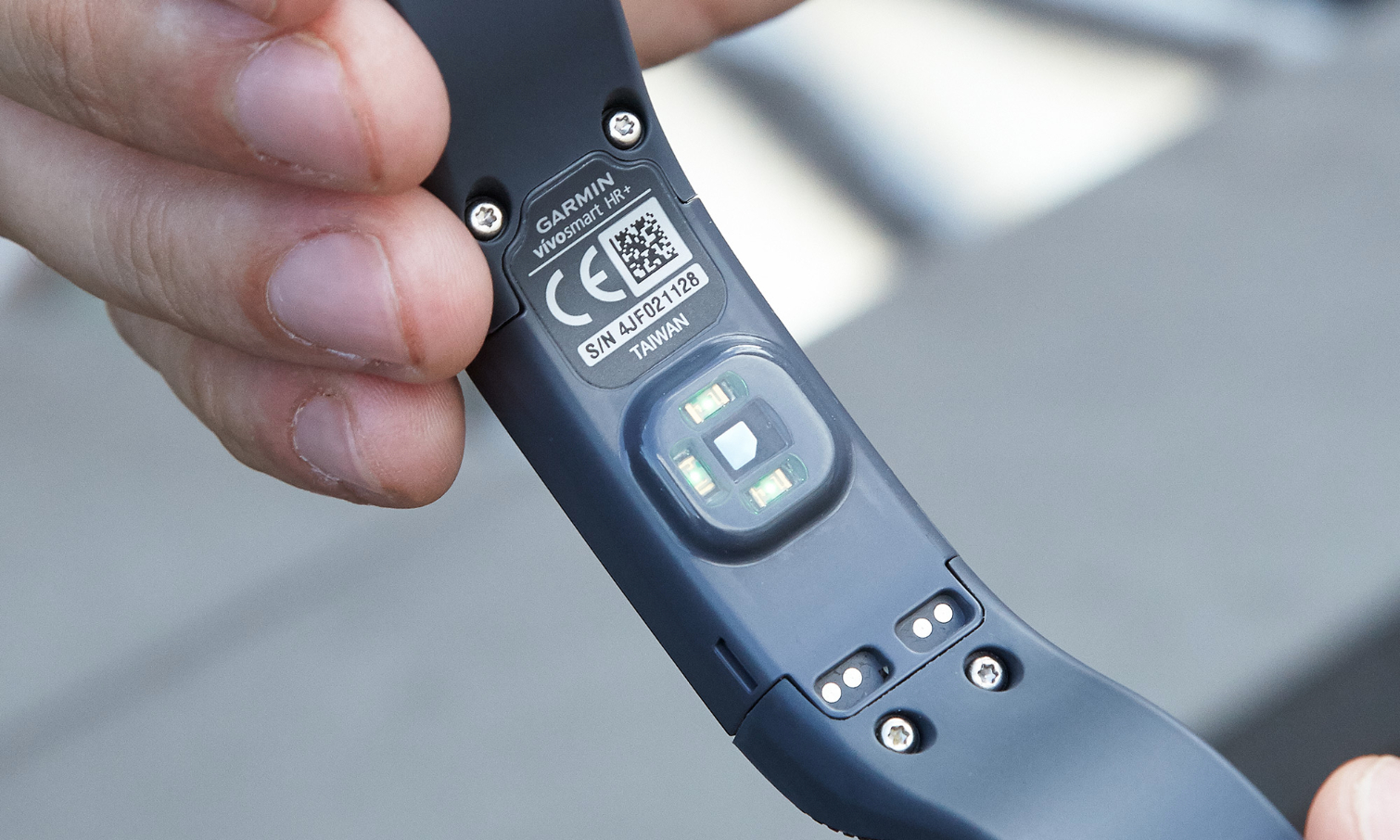
That's a lot better than the Gear Fit2, which barely made it through two days. However, the Forerunner 35 has an expected battery life of 13 hours when it's using GPS.
The vivosmart HR+'s GPS accurately tracked me through several runs.
I also wish the vivosmart HR+'s battery icon were displayed more prominently. Until the battery runs low, and you get a warning on the home screen, you have to go digging through several menus to know how much juice is left.
Bottom Line
The Garmin vivosmart HR+ works as advertised: Its GPS and heart rate monitor are accurate, its display is easily readable in sunlight and it has great battery life. But it's a device in search of a market. It's too bulky (and expensive) as a 24/7 activity tracker, but its screen is too small to be a good GPS watch for runners.

If you're looking for a simple activity tracker, the $149 Fitbit Charge 2 is a more attractive and less expensive option; if you're looking for a GPS watch, the $199 Garmin Forerunner 35 is your best bet — and it costs the same as the vivosmart HR+.

Michael A. Prospero is the U.S. Editor-in-Chief for Tom’s Guide. He oversees all evergreen content and oversees the Homes, Smart Home, and Fitness/Wearables categories for the site. In his spare time, he also tests out the latest drones, electric scooters, and smart home gadgets, such as video doorbells. Before his tenure at Tom's Guide, he was the Reviews Editor for Laptop Magazine, a reporter at Fast Company, the Times of Trenton, and, many eons back, an intern at George magazine. He received his undergraduate degree from Boston College, where he worked on the campus newspaper The Heights, and then attended the Columbia University school of Journalism. When he’s not testing out the latest running watch, electric scooter, or skiing or training for a marathon, he’s probably using the latest sous vide machine, smoker, or pizza oven, to the delight — or chagrin — of his family.
